Sangchonjae (상촌재)
4.1Km 2023-08-25
12-11 Sangchonjae, Jahamun-ro 17gil, Jongno-gu, Seoul
Sangchonjae House, administré par la Fondation culturelle de Jongno, désigne un espace culturel hanok situé dans le village de Sejong, Ogin-dong, Jongno-gu. Le site propose différentes activités culturelles autour des traditions en Corée.
Blue Square (블루스퀘어)
4.2Km 2019-09-11
294, Itaewon-ro, Yongsan-gu, Seoul-si
+82-1544-1591
Blue Square est un complexe culturel créé par le groupe Interpark pour contribuer aux progrès dans le domaine des arts du spectacle. Celui-ci a été inauguré en novembre 2011 et c’est la plus grande salle de spectacle du pays. Il est équipé d’un théâtre musical de 1 726 places, d’une salle de concert de 1 400 places assises et 3 000 places debout, et de deux grands théâtres.
SUMSEI Terrarium (섬세이 테라리움)
4.2Km 2025-08-18
44-1, Seoul Forest 2-gil, Seongdong-gu, Séoul
Le SUMSEI Terrarium est une exposition interactive pieds nus qui fait entrer la nature à l'intérieur et vous permet d'en faire l'expérience avec vos cinq sens. Le premier projet spatial de SUMSEI est parti d'une simple question : et si la nature, que nous considérons aujourd'hui comme acquise, disparaissait ? En créant une nature virtuelle géante comme un terrarium, SUMSEI incarne un avenir où nous pourrons sentir et nous souvenir de la nature et vivre dans la forêt de Séoul en 2021.
Théâtre Nanta de Jeongdong (강북정동난타전용관)
4.2Km 2019-03-26
3, Jeongdong-gil, Jung-gu, Seoul-si
+82-2-739-8288
Le Centre d’Art et de Culture de Cheongdong est situé dans la vieille et romantique rue de Jeongdong. Il se compose d’une grande salle sur deux étages d’une capacité de 600 places largement espacées et disposées en amphithéatre, et accueille généralement spectacles et avant-premières de film. Si vous aimez voir les acteurs de près, il est recommandé de s’asseoir aux premiers rangs du rez-de-chaussée, si vous préférez avoir une vision d’ensemble choisissez plutôt les premiers rangs de l’étage supérieur. Bien qu’elle n’ait rien de spectaculaire la salle est tranquille et comfortable. Même hors représentation vous pouvez venir visiter le lieu et en ressentir l’atmosphère particulière. Il existe également un salon ou vous pouvez écouter de la musique en profitant d’une boisson d’un distributeur à disposition. A l’extérieur vous pouvez profiter d’un petit parc pour pique-niquer et vous relaxer sur le gazon.
Of one book and stay / 일독일박
4.2Km 2025-08-11
11-1, Pirundae-ro 3-gil, Jongno-gu, Seoul
This hanok (traditional Korean house) is located in Seochon Village near Gyeongbokgung Palace. It is a modern C-shaped hanok centered around the inner courtyard, which is the first thing that the guests see after entering through the gate. While it is not expansive, white pebbles and a foot bath make this hanok a unique one. One can enjoy a foot bath while sitting on the porch.
The bedroom, which is located beyond the living room, is furnished with a queen-sized bed. Opening the screen doors brings one to the view of the kitchen area beyond the inner courtyard. A large table, plush sofa, and a small bookcase make the space ideal for books and discussions. Climbing the wooden ladder to the side of the kitchen brings one to the attic, which also doubles as a Korean-style room with a skylight. The kitchen is furnished with a refrigerator, microwave oven, gas stove, electric kettle, toaster, pots, utensils, wine glasses, and bottled water. There is a restroom with a bathtub. The standard occupancy of the house is 4 people.
Irilju (일일주(日日酒))
4.2Km 2021-03-30
4, Sajik-ro 8-gil, Jongno-gu, Seoul
+82-2-738-1717
It is a delicious restaurant in Gwanghwamun with a good atmosphere. This Japanese (cuisine) restaurant is located in Jongno-gu, Seoul. The representative menu is salmon sashimi.
Village Seochon (서촌마을)
4.2Km 2021-07-14
45, Pirundae-ro, Jongno-gu, Seoul
Le village Seochon se situe à l'est du palais Gyeongbokgung. Il s'agit d'un lieu composé à la fois de maisons traditionnels hanok, de petites ruelles paisibles, mais aussi de nouveaux magasins qui forment une très belle harmonie dans le village. En parcourant les nombreuses petites ruelles des lieux, vous pourrez aussi apprécier plusieurs peintures murales très colorèes. Ce village se distingue donc par son côté à la fois pittoresque mais aussi raffiné.
Festival Culturel de Jeongdong (정동문화축제)
4.3Km 2021-11-01
Seoul, Jung-gu, Sogong-dong
02-3701-1601
Le Festival culturel Jeongdong permet d'apprécier l'ambiance automnale sur la routean Jeongdong-gil à Jung-gu, Séoul. Le festival vise à promouvoir les attractions touristiques aux alentoiurs à travers différents événements et expositions.
NUHADANG [Korea Quality] / 누하당 [한국관광 품질인증]
4.3Km 2020-09-10
49-7, Pirundae-ro, Jongno-gu, Seoul
010-9692-1330
Guesthouse Nuha is a ‘hanok’ or traditional Korean house consisting of four guestrooms located in Nuha-dong, Seochon (west of Gyeongbokgung Palace, Jongno, Seoul) where many Confucian scholars and artists lived during the Joseon Dynasty.
Exuding a refined atmosphere, Guesthouse Nuha is very popular among not only domestic visitors but also foreign tourists who want to experience the flavor of Korea in a cozy hanok. All four guestrooms (An-bang, Sarang-bang, Geul-bang, and Byeol-dang) are covered with eco-friendly hanji (traditional Korean paper handmade from mulberry tree) wallpaper, and are equipped with a thick cotton-wool comforter and pillows imbued with the scent of Hinoki cypress tree to help guests relieve their fatigue.
Breakfast is served free of charge. Guests can also experience traditional Korean culture here, such as playing a Korean musical instrument (janggu or double-headed drum), playing a game of yut in the yard, or wearing hanbok (traditional Korean clothes). Although a local bus service passes through the village, it is highly recommended to take a quiet leisurely around the area.
Jardin botanique de Namsan (남산 야외식물원)
4.3Km 2022-12-16
323, Sowol-ro, Yongsan-gu, Seoul
+82-2-798-3771
Ce jardin inauguré le 18 février 1997 a été bâti sur le site du quartier résidentiel étranger de Hannam-dong à Yongsan-gu, démoli en 1994. Le jardin possède une surface de 59 241 m² où poussent 117 132 végétaux de 269 espèces différentes organisés en 13 espaces thématiques. On compte parmi eux 60 912 pins de 129 sortes, et 56 220 anémones sauvages de 140 sortes.

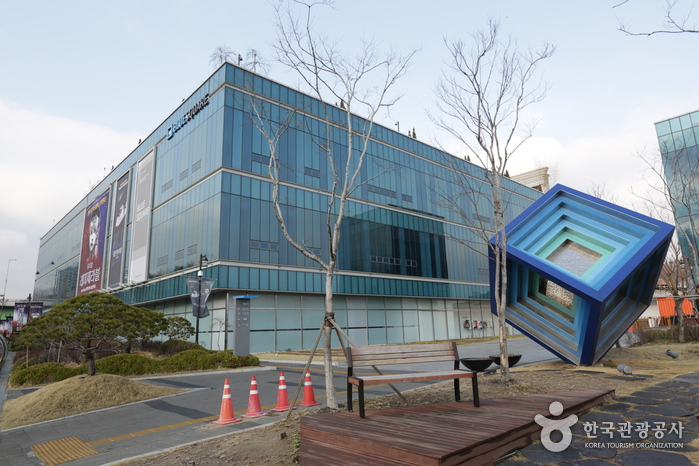
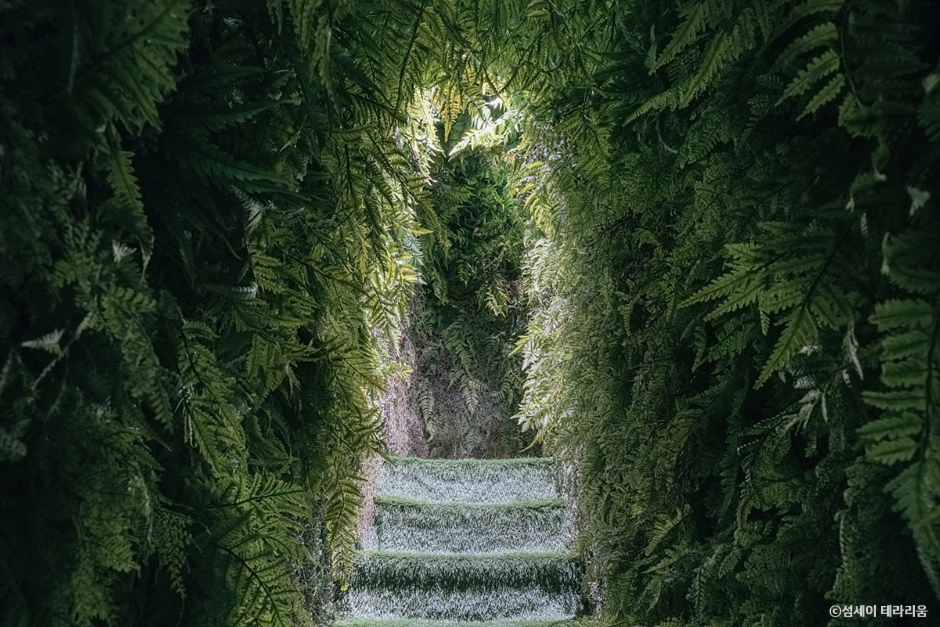
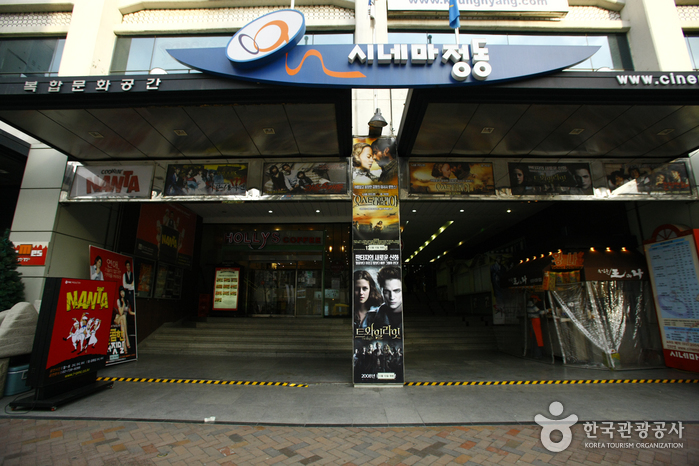
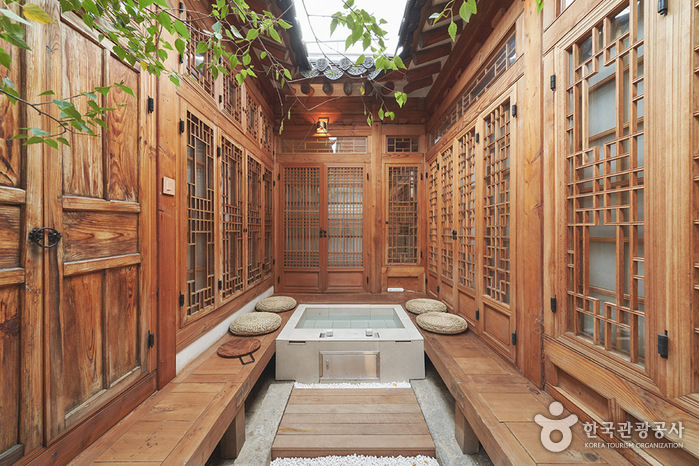
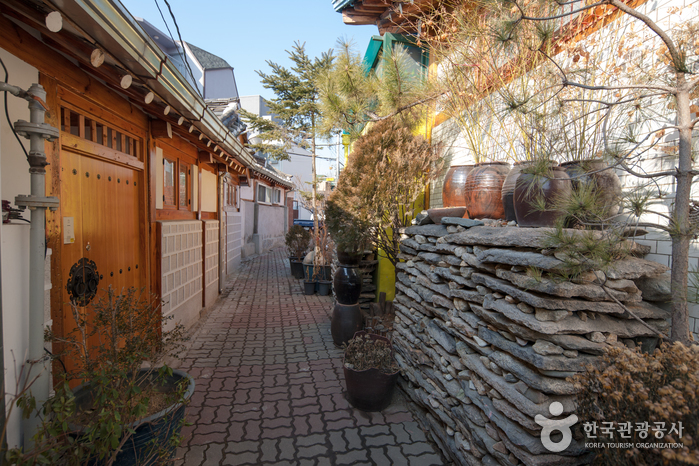
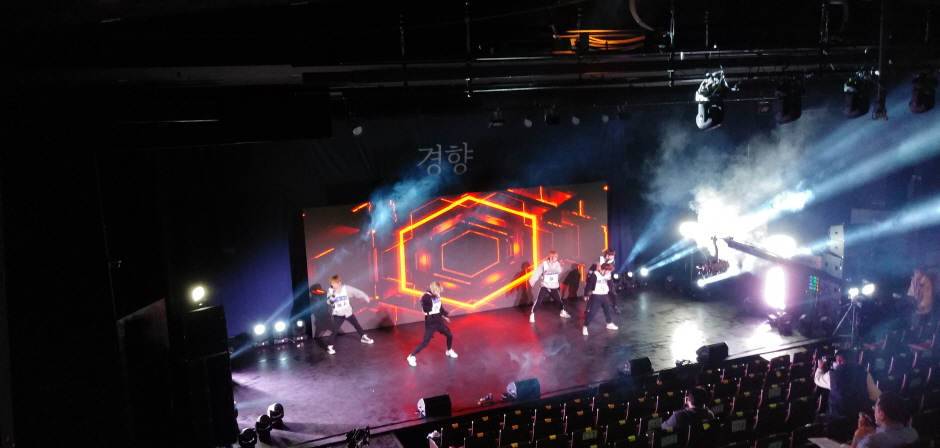
![NUHADANG [Korea Quality] / 누하당 [한국관광 품질인증]](http://tong.visitkorea.or.kr/cms/resource/58/2532358_image2_1.jpg)
 Français
Français
 한국어
한국어 English
English 日本語
日本語 中文(简体)
中文(简体) Deutsch
Deutsch Español
Español Русский
Русский